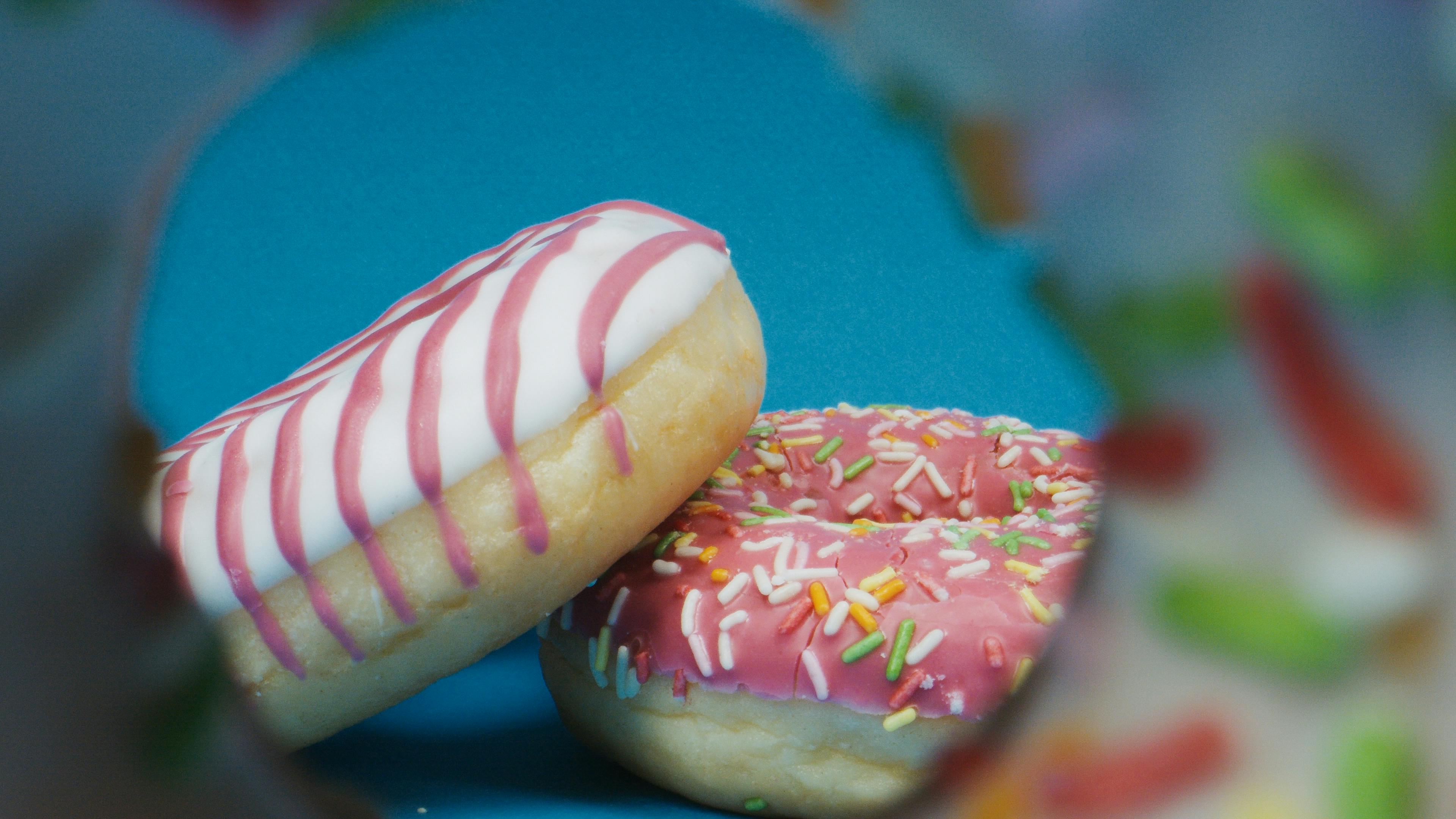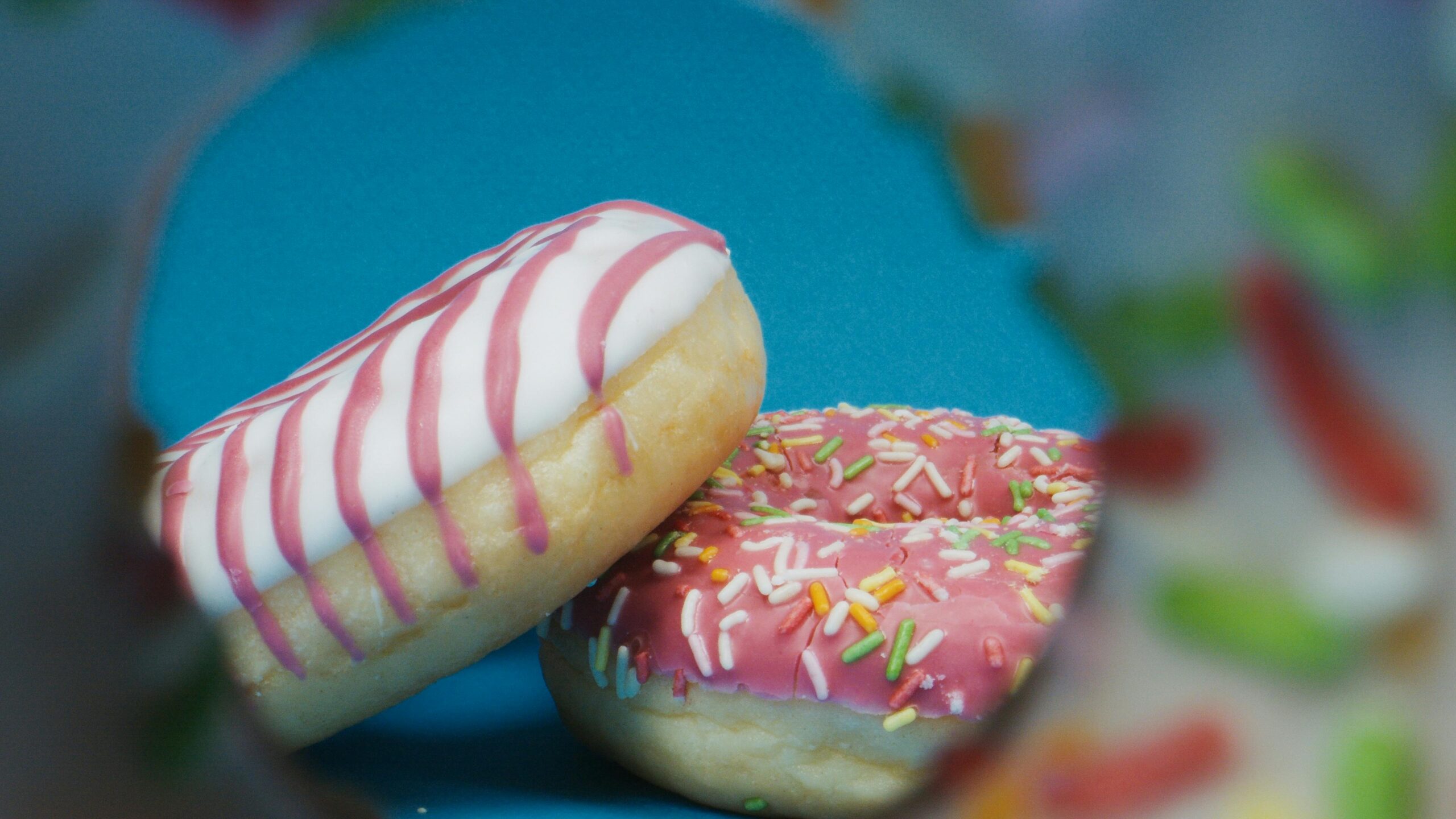How to Get Food Out Wisdom Teeth Holes Safely and Effectively
Getting food stuck in wisdom teeth holes after extraction can be uncomfortable and potentially dangerous. With improper cleaning, there’s a risk of infection, delayed healing, or even dry socket. In this comprehensive guide, we’ll cover exactly how to get food out wisdom teeth holes, with safe, effective methods anyone can follow.

Understanding the Fundamentals
After wisdom tooth removal, your mouth forms a hole or “socket” in the gum where the tooth once resided. These holes are necessary for healing but also act as traps for food and bacteria. Proper care and understanding are essential to avoid painful complications.
The fundamentals of oral surgery aftercare involve wound hygiene, inflammation control, and tissue regeneration. Without proper technique, food particles can lodge into these sockets, creating ideal environments for bacterial growth and infection.
1.1 The Healing Process Post-Extraction
The healing timeline usually spans a few weeks. Initially, blood clots form to protect the nerve and bone. Disturbing these clots with aggressive cleaning or ignoring hygiene altogether can result in a painful condition called “dry socket.”
Real-world application of this principle means adopting a gentle, consistent oral hygiene routine. Contrary to popular belief, rinsing too early or too harshly can do more harm than good.
1.2 Why Food Gets Stuck in Wisdom Teeth Holes
Due to the socket’s depth and location, food particles are naturally drawn into the hole, especially soft or sticky foods. Gravity and chewing motion help food become embedded if not rinsed out promptly.
This situation is unique to molar extraction because the posterior location limits visibility and access. Most people don’t realize they need specialized care tools like irrigating syringes to clean the area effectively.
Practical Implementation Guide
Now that we understand the importance of socket care, it’s time to learn exactly how to apply these principles. The following steps and tools are designed to be safe, dentist-approved, and simple to use daily. Expect significant improvements in comfort and healing speed.

2.1 Actionable Steps
- Start with saltwater rinses: Gently rinse your mouth with warm saltwater 24 hours post-surgery. Avoid swishing aggressively.
- Use a curved syringe: Once permitted by your dentist (typically day 3), fill an irrigating syringe with saltwater or prescribed rinse and aim directly into the socket to dislodge food.
- Brush carefully: Continue brushing your teeth but avoid the surgical area for the first few days. Use a soft-bristled toothbrush when returning to normal brushing.
2.2 Overcoming Challenges
Some of the common challenges include:
- Inability to see the hole clearly
- Fear of damaging the blood clot
- Limited access with regular toothbrushes
- Persistent bad breath
- Food that won’t rinse out with water alone
To resolve these, use a mirror with a headlamp, get assistance from a family member, and stick to dentist-recommended tools. Never use toothpicks or straws, which can dislodge clots.
Advanced Applications
For individuals prone to food lodging or those with deep sockets, advanced solutions are available. These are best implemented a few days after surgery, once the initial healing has begun.

3.1 Water Flossers and Oral Irrigation Devices
Devices like water flossers offer precision cleaning using pulsing water streams. A recent study showed that using these tools post-extraction reduced bacterial presence by up to 40% more than saltwater alone.
Set the pressure to low or medium and aim carefully at the socket. These devices are especially helpful for those who struggle to use syringes or experience recurring debris buildup.
3.2 Herbal Antibacterial Rinses
Herbal options like chamomile or clove-infused rinses can complement standard care. These natural agents soothe inflammation and offer mild antibacterial benefits.
Ensure compatibility by checking with your oral surgeon. Avoid strong alcohol-based rinses in early healing phases.
Future Outlook
The future of oral surgery recovery lies in innovation. Smart irrigation devices and AI-powered dental trackers are being developed to optimize home care.
By staying informed, patients can look forward to shorter healing times, reduced pain, and more autonomy in their recovery journey.
Conclusion
Three key takeaways: First, cleaning wisdom teeth holes is essential to prevent infection. Second, gentle irrigation and rinsing techniques work best. Third, advanced tools can improve long-term outcomes.
Take action today by investing in a curved syringe and adopting a mindful, consistent oral care routine. Ask your dentist for personalized recommendations. Your mouth will thank you.
Frequently Asked Questions
- Q: What is the safest way to clean food from wisdom tooth holes? Use a dentist-approved curved syringe with warm saltwater to gently rinse the area after 3 days post-surgery.
- Q: How do I begin caring for the socket after surgery? Start with mild saltwater rinses after the first 24 hours and avoid touching the area with fingers or toothbrushes initially.
- Q: How long does it take for food to stop getting trapped? Most sockets close within 4–6 weeks, but food may lodge in the first few weeks, requiring consistent cleaning.
- Q: Is this care expensive? Not at all. Irrigation syringes cost under $5, and saltwater rinses can be made at home. Advanced tools like water flossers range from $30–$80.
- Q: Are there better options than syringes? Water flossers offer convenience but should be used only after your dentist confirms healing progress.
- Q: Is it hard to learn how to do this? No. With a mirror, syringe, and daily habit, most people master socket irrigation within a few days.
- Q: Can this be applied for other oral surgeries? Absolutely. Socket care principles apply to other extractions and even certain gum surgeries.
